Introduction
Architectural visualization has emerged as a pivotal element in the design and construction landscape, transforming abstract concepts into tangible representations that facilitate effective communication among stakeholders. By employing advanced techniques such as lifelike 3D renderings, animations, and immersive virtual reality experiences, this discipline not only enhances the clarity of architectural intentions but also fosters deeper engagement between architects, clients, and builders. As the integration of cutting-edge technologies like artificial intelligence and real-time rendering continues to evolve, the potential for architectural visualization to bridge the gap between vision and reality becomes increasingly significant.
This article delves into the multifaceted world of architectural visualization, exploring its importance, various techniques, technological foundations, and future trends that are shaping the industry. Through a comprehensive examination, it becomes evident that high-quality visual representations are indispensable tools for informed decision-making, ultimately leading to successful project outcomes.
Defining Architectural Visualization: An Overview
Architectural rendering is the advanced process of creating precise digital representations of architectural designs, facilitating a clear understanding for architects, clients, and stakeholders before construction begins. This practice includes various media forms, such as:
- lifelike 3D visuals
- animations
- immersive virtual reality experiences
With the integration of AI technology, particularly in generating realistic CG humans, architectural visualization effectively bridges the uncanny valley, enhancing the realism of presentations. Moreover, 3D exterior renderings serve as an invaluable communication tool between homeowners and builders, showcasing essential elements such as:
- natural lighting—demonstrating how sunlight interacts with the structure at different times of the day
- landscaping that integrates surrounding greenery and pathways
- materials that highlight the aesthetic appeal and durability of the concept
By translating complex architectural concepts into clear visual formats, this practice not only aids in decision-making and refinement but also fosters deeper community connections through immersive experiences, improves stakeholder communication, and supports an iterative process. Ultimately, this leads to more informed choices and successful results.
The Importance of Architectural Visualization in Design
Architectural visualization stands as a cornerstone of the design process, serving multiple essential functions. Primarily, it enhances communication among architects, clients, and contractors by providing a clear and shared understanding of the vision. According to recent analyses, the effectiveness of visual representation can significantly reduce misunderstandings during development.
For example, a study published in the Journal of Architectural Education discovered that initiatives employing architectural representation encountered a 25% reduction in design-related disputes. This aligns with insights from David McCandless, who articulates that ‘there’s something almost quite magical about visual information. It’s effortless, it literally pours in.’ Such clarity is particularly vital when facilitating feedback on proposals, allowing stakeholders to visualize suggested changes and enhancements prior to the onset of construction.
Significantly, a case study illustrates the effectiveness of pre-sales visualization: a high-rise residential development where 3D visuals not only boosted confidence in the endeavor but also resulted in a 40% increase in client satisfaction, as clients could interactively engage with the design. One client remarked, ‘The illustrations brought our vision to life in a way we never thought possible.’
The final interior renderings provided for this endeavor encapsulated the essence of functionality and aesthetic appeal, exceeding client expectations and serving as a powerful marketing tool even before physical completion. Furthermore, high-quality representations are instrumental in refining designs and play a pivotal role in marketing strategies. They assist in drawing in prospective purchasers and investors by presenting initiatives in their most engaging form. Recent research suggests that effective architectural representation can enhance the attractiveness of an undertaking by as much as 50%.
Ultimately, effective architectural representation leads to more informed decision-making throughout the construction process, thereby minimizing the risk of costly alterations once building has commenced. A survey revealed that initiatives employing advanced graphical methods experience a 30% reduction in change orders, highlighting the tangible benefits of this practice in enhancing efficiency and success.
The importance of client testimonials further underscores our commitment to excellence at J. Scott Smith Visual Designs, where each project is not just a task but a partnership aimed at delivering outstanding results.
Exploring Different Types of Architectural Visualization
Architectural visualization consists of a diverse array of techniques, each tailored to fulfill specific objectives within the creation process. Among the most common techniques are 3D visualizations, which provide highly realistic images of suggested concepts, enabling architects and clients to envision the final outcome with accuracy. According to a recent survey, 85% of architects reported that utilizing 3D visuals significantly enhanced client comprehension of design concepts.
Furthermore, 3D townhome visualization empowers developers by enhancing clarity and communication among stakeholders, ensuring that everyone—from builders to lenders—shares a cohesive vision. This rendering technique acts as a powerful storytelling tool, helping developers sell not just homes but futures.
Architectural animations further enhance this experience by offering dynamic walkthroughs, showcasing spatial relationships and creative philosophies in a narrative-driven format that captivates stakeholders. For instance, a recent project by XYZ Architects employed an animated representation to convey the unique features of a mixed-use development, resulting in a 30% increase in stakeholder engagement.
Emerging technologies such as virtual reality (VR) and augmented reality (AR) have revolutionized the field, enabling clients to immerse themselves in designs and interact with spaces in real-time. As of 2024, VR possesses a 40% market share compared to 60% for conventional 3D representation in architectural design, indicating a growing trend towards immersive experiences.
Additionally, initial conceptual sketches and diagrams serve a vital role in communicating preliminary ideas before progressing to formal renderings. The advantages of initial conceptual renderings—such as rapid depiction, cost-efficiency, and improved communication—are essential for architects and developers alike, enabling informed decision-making and iterative creation processes.
Each representation type is essential at different phases of the creative process, adjusting to task requirements and audience preferences, ultimately improving communication, exploring creative possibilities, and ensuring that the emotional essence of the endeavor is captured through meticulous detail.
Technological Foundations: Hardware and Software in Visualization
The technological foundations of architectural visualization are rooted in both hardware and software components crucial for achieving high-quality results. Superior visualizations act as a ‘glimpse into the future’ of your initiative, enabling stakeholders to envision possible results and grasp the concept behind the designs.
High-performance computers fitted with robust graphics cards are crucial for effectively producing intricate 3D models, especially as task complexity and scale grow. Software like Autodesk 3ds Max, SketchUp, and Blender are frequently used for modeling, while advanced display tools such as V-Ray and Lumion greatly improve output quality.
Furthermore, understanding the varying detail levels—especially in representing textures and materials—is vital for achieving realism and engaging clients in project specifications. The emergence of cloud computing and real-time imagery technologies is also changing workflows, facilitating quicker collaboration and allowing architects to create impressive representations that effectively communicate the vision behind their designs, thus supporting informed decision-making.
Moreover, the integration of AI technology is bridging the uncanny valley by creating lifelike CG humans, enhancing realism in architectural representations. Additionally, it is important to recognize the technical differences in rendering materials for interior spaces, which often focus on softer textures, versus exterior materials that emphasize durability and weather resistance.
Future Trends in Architectural Visualization
The future of architectural representation is set to advance considerably, driven by technological innovations and evolving client expectations. A notable trend is the use of artificial intelligence (AI) to create lifelike CG humans, effectively bridging the gap between realism and the uncanny valley in architectural visualizations. This integration not only enhances the emotional effect and authenticity of visualizations but also improves efficiency in creative processes.
Furthermore, high-caliber visuals capture intricate details, such as the interplay of light and texture, which greatly enhance the overall realism and emotional impact of an endeavor. Real-time visualization is gaining traction, enabling instant visual feedback during design iterations, while virtual and augmented reality technologies are becoming essential tools for client presentations and design reviews.
As architects navigate these advancements, understanding the diverse applications of 3D rendering—ranging from architecture and medical imaging to training simulations and product prototyping—will be crucial. Furthermore, the role of customization and revisions in determining investment for unique rendering projects cannot be overstated; these factors are essential in tailoring the visual representation to meet specific client needs and expectations, ultimately underscoring the importance of high-quality visual representations in project development and informed decision-making.
Conclusion
Architectural visualization serves as an indispensable cornerstone in the design and construction industry, effectively transforming abstract ideas into precise digital representations. By utilizing advanced techniques such as lifelike 3D renderings, animations, and immersive virtual reality experiences, this discipline enhances communication among architects, clients, and stakeholders, significantly reducing misunderstandings and conflicts throughout the project lifecycle. The integration of cutting-edge technologies, including artificial intelligence and real-time rendering, further elevates the potential of architectural visualization, enabling architects to present their visions with unprecedented clarity and realism.
The various forms of architectural visualization—ranging from 3D renderings to dynamic animations—play critical roles at different stages of the design process. Each technique not only facilitates informed decision-making but also fosters deeper engagement between stakeholders, ultimately leading to improved project outcomes. As evidenced by numerous case studies, high-quality visualizations enhance client satisfaction, attract potential investors, and streamline the iterative design process, ensuring that the final project meets both aesthetic and functional expectations.
Looking ahead, the future of architectural visualization is poised for remarkable advancements driven by technological innovations and evolving client demands. The increasing prevalence of AI-generated imagery and immersive technologies will continue to redefine the standards for realism and engagement in architectural presentations. As architects embrace these trends, the importance of leveraging high-quality visual representations will remain paramount, reinforcing their role as essential tools for effective communication and successful project realization.
The commitment to excellence in architectural visualization not only enhances design clarity but also establishes a solid foundation for collaborative success in the ever-evolving landscape of architecture and construction.
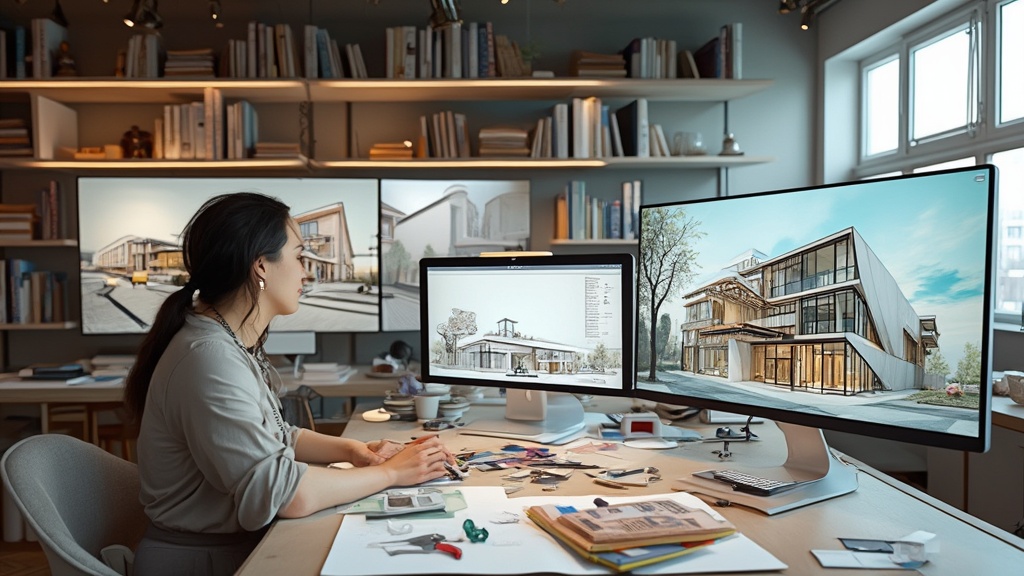
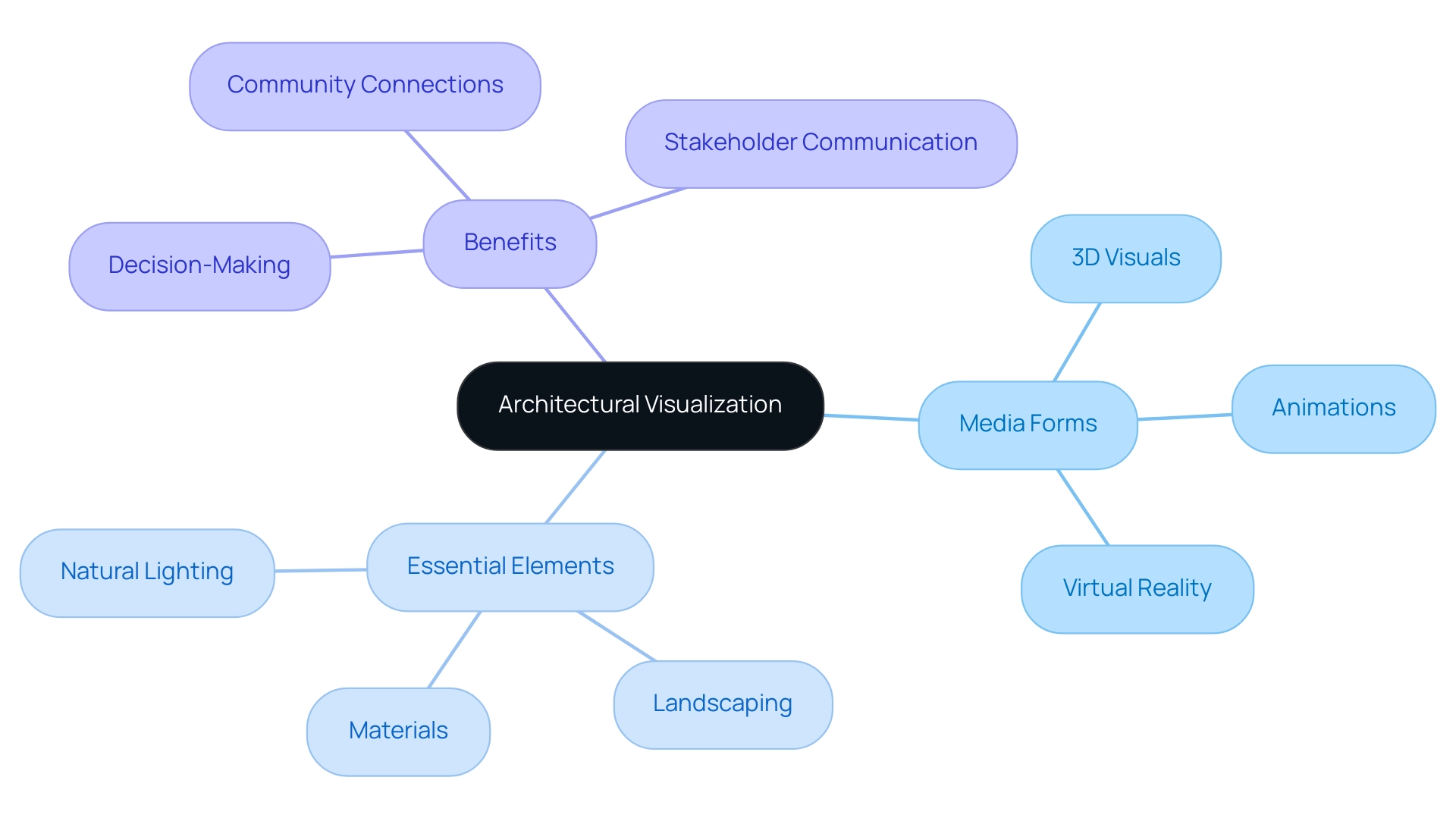
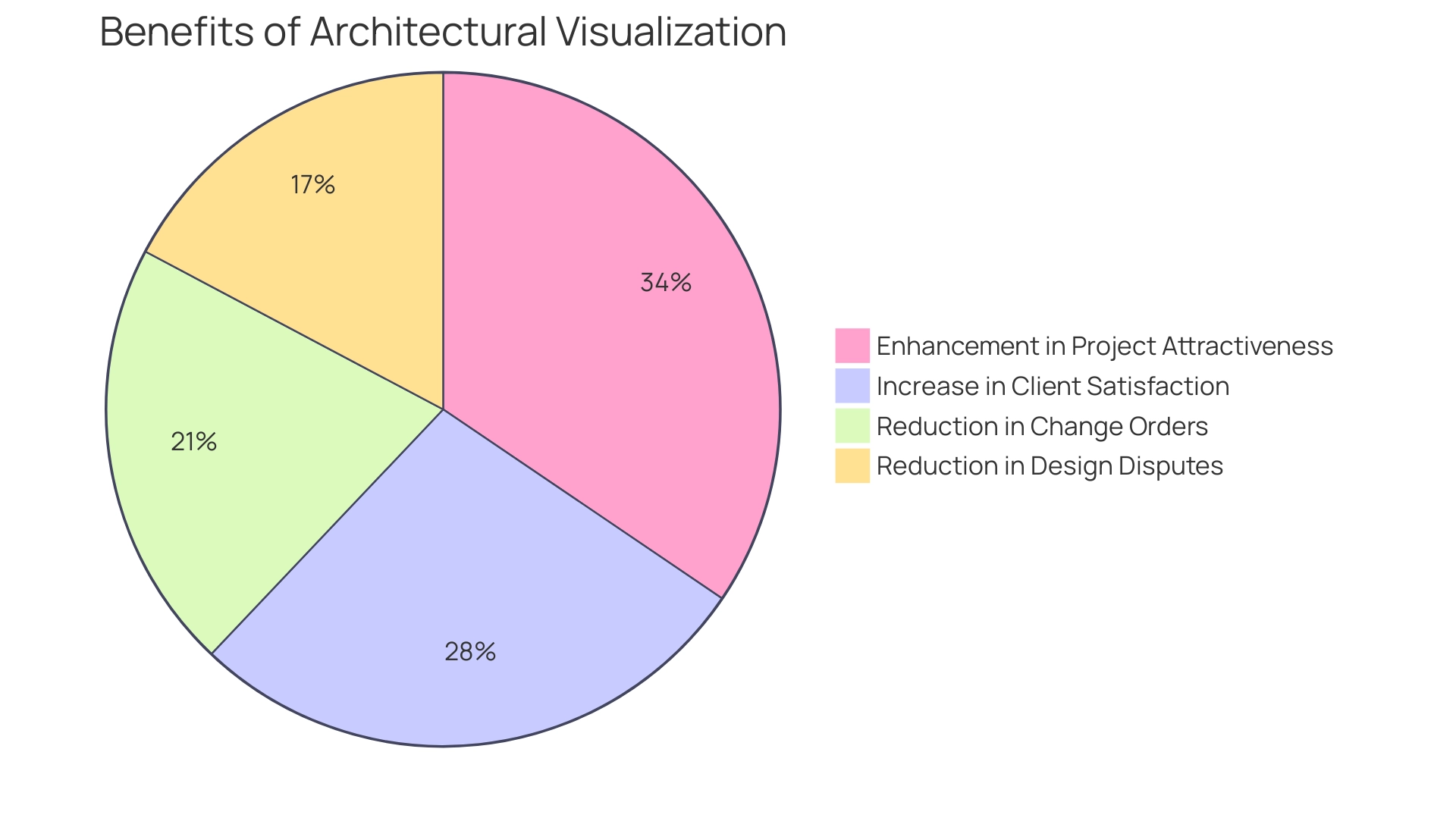
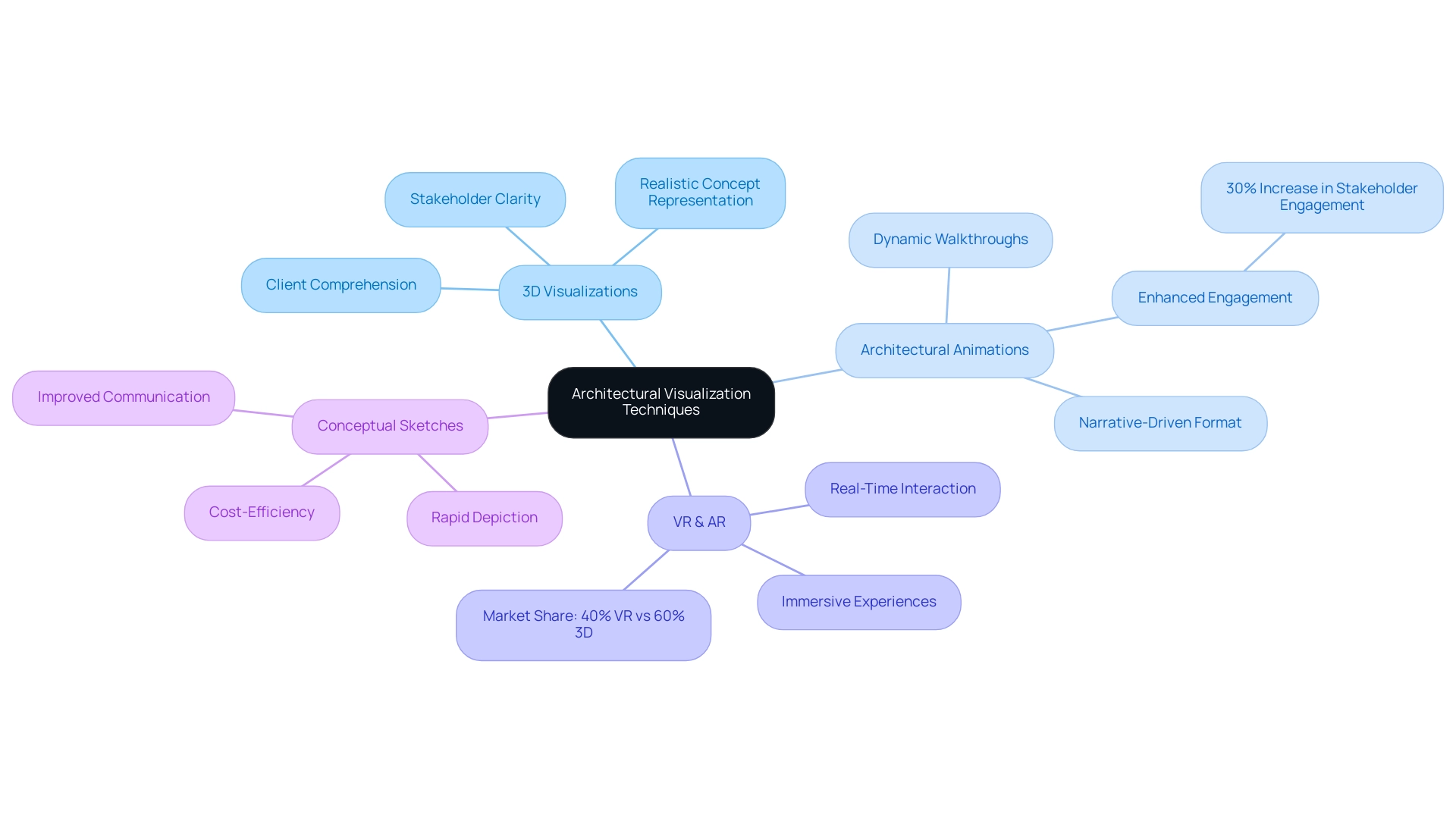
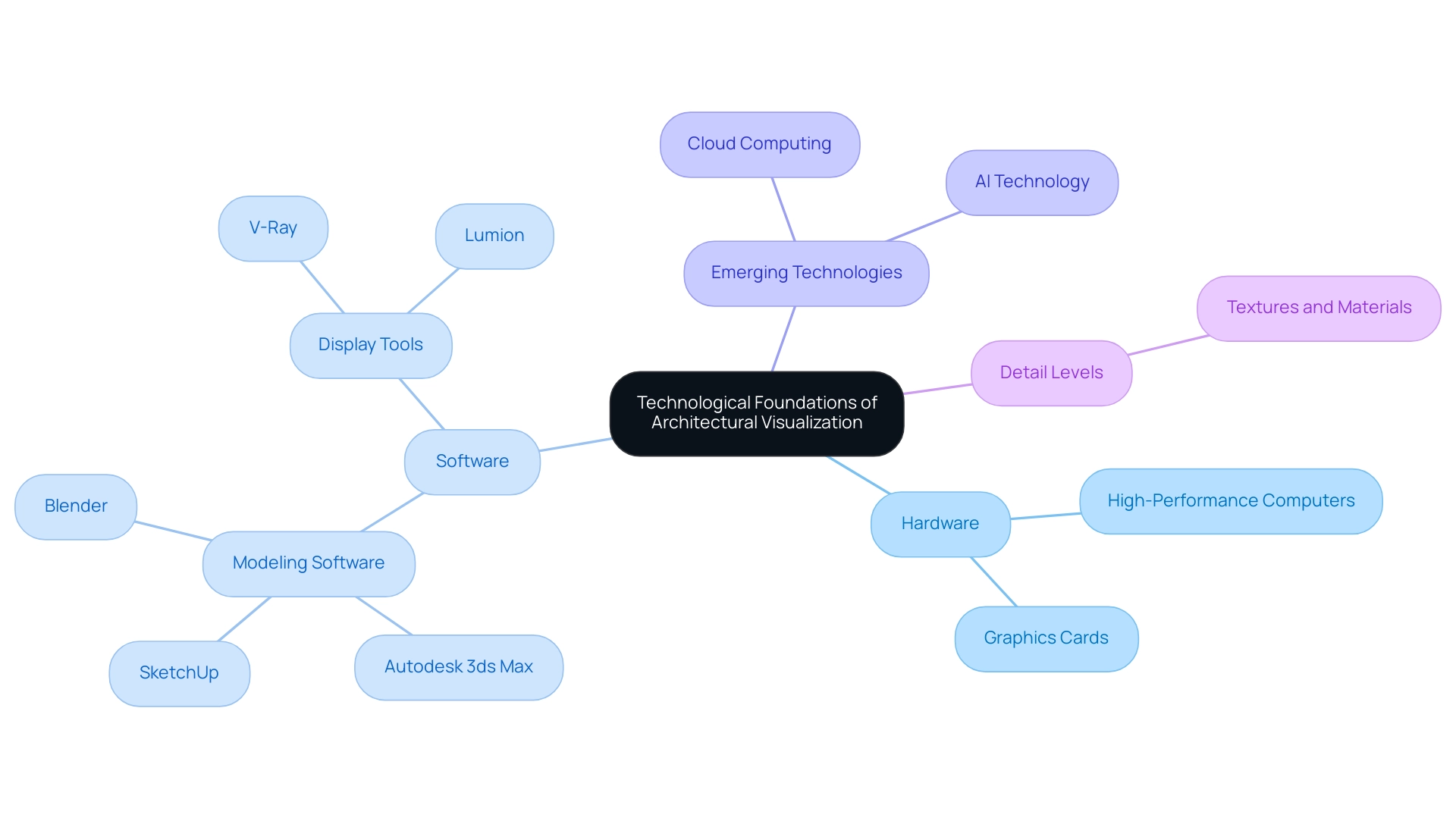
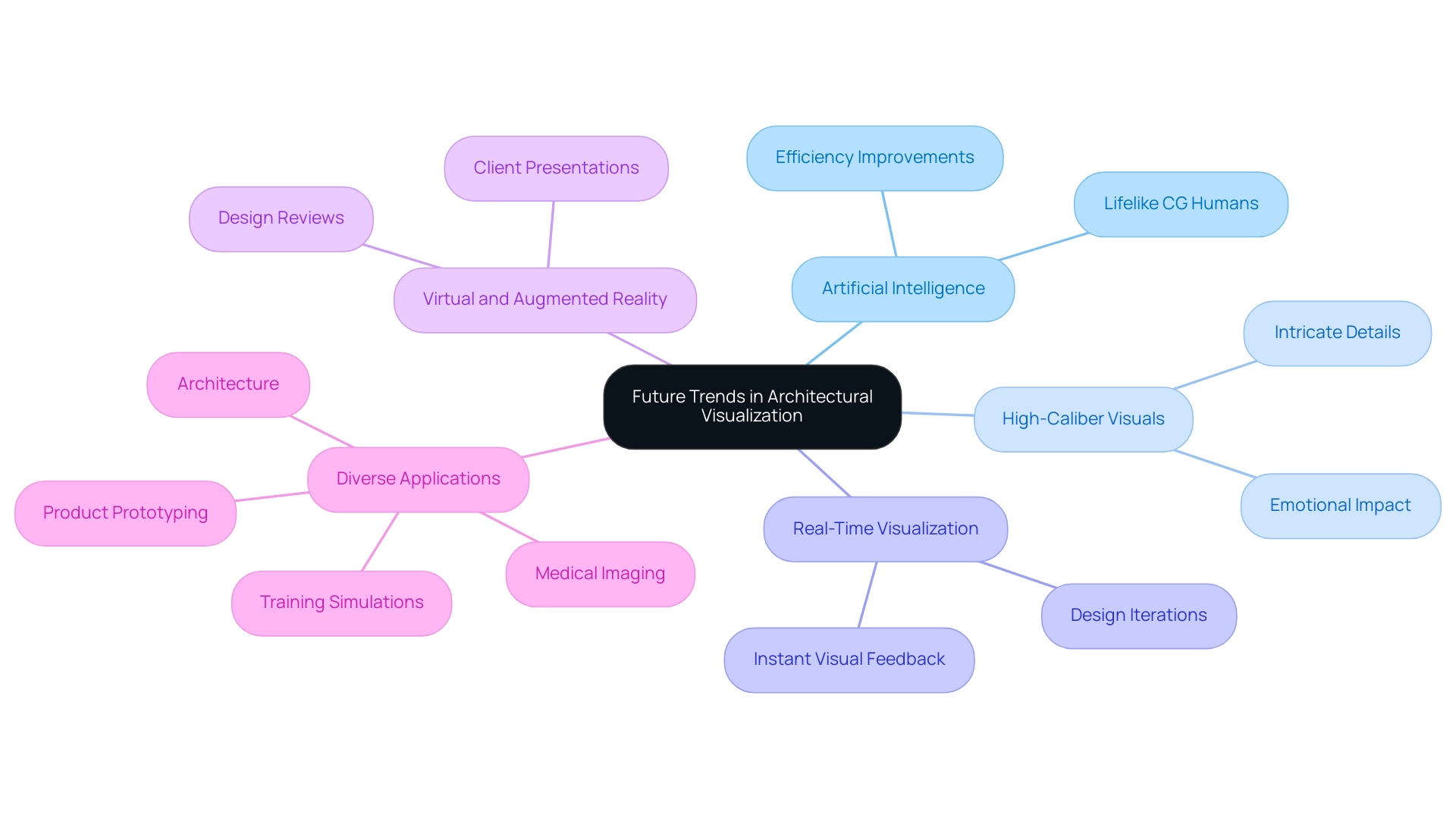
0 Comments